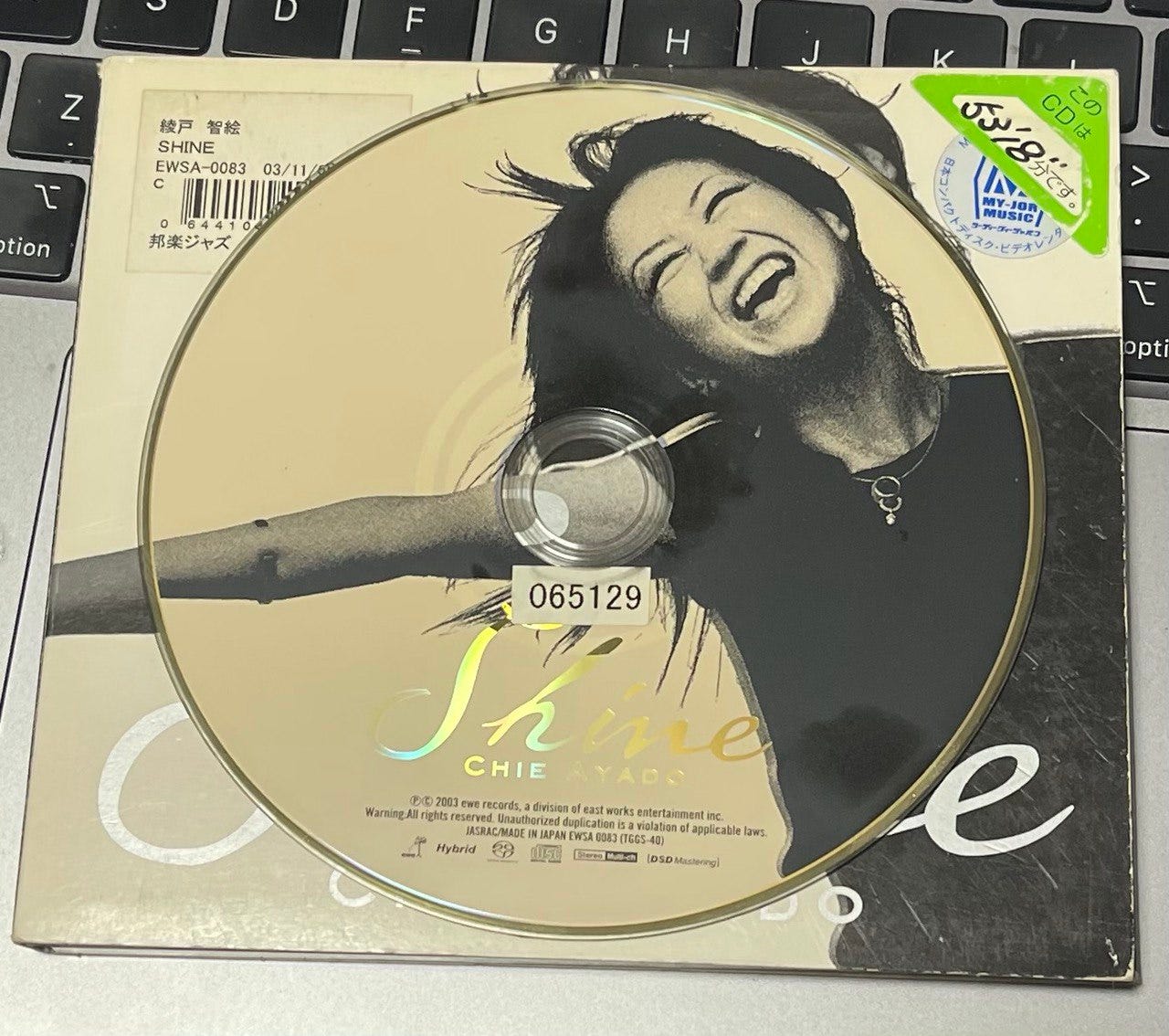Techmoan recently posted his Super Audio CD player repair attempt. This got me interested in the format. Not because of the audio quality, or even to play the discs. But because the hybrid discs encode data on two layers in significantly different physical formats.
The “first” is the CD layer. This is of course for compatibility with existing CD players. And if Techmoan’s comments are correct, almost all SACD discs were hybrid discs. I assume there just wasn’t the market for a new format, which could only be played in a dedicated player.
The “second” is the Super Audio layer. This encodes data at the same density as a DVD, and is physically the same with some minor differences. An unmodified DVD player can’t play SACD discs, but the same optics can be used. Early Playstation 3s could play SACDs using custom drive firmware. In fact, I suspect these were likely the cheapest SACD players ever available.
Epi-illumination
I picked up the cheapest SACD I could find, and decided to image it under a microscope. For this and other images on this substack I’ve needed an epi-illumination system. Most microscopes your likely to encounter use trans-illumination. This shines light through a semi-transparent object (like a biological specimen). But this obviously only works if the object you’re looking at is semi-transparent. For semiconductors and many other parts I’m interested in looking at, this isn’t the case.
To illuminate these, you either need to shine light in from the side, or you need to use an epi-illumination system. Epi-illumination shines light down through the objective lens on to the sample, using the same optics to illuminate and observe the sample.
For other posts on this substack, I hacked together epi-illumination system from what I had lying around:
This is a Swift SW380T, with the eye piece/head removed. I searched through my junk pile and found a epi-illuminator which took a single objective. This originally used a small incandescent light bulb. I modified it to take a fiber cable input. Which is fed from an endoscopy Xenon light source. A judicious amount of JB Weld was applied to stick everything together.
This worked well enough to take some of the other images you’ll find in this newsletter, but has obvious disadvantages.
In addition to being an ugly unstable mess, this microscope is fully manual. This means that I have to move the stage by hand and manually stitch images to capture larger objects. So, I decided to modify one of my Genome Analyzer’s for epi-illumination. These use nice ASI stages, which can easily be controlled with micromanager.
I replaced the focusing dichroic mirror with a 30:30 mirror (this was pretty awful, but it’s what I could get quickly and have since replaced), a 3D printed a mount for the fiber and a jig for some roughly suitable focusing optics I had lying around.
I selected lenses which would roughly focus the output of the fiber onto the top of the objective:
This setup is also likely far from ideal. But it let me take the pictures shown below. These two images show the CD and SACD layers. You can see that the DVD-like SACD layer is much higher density an is almost at the limit of the optical resolution of my microscope:
What’s neat is that with an automated stage and micromanager compatible microscope I can automatically take image stacks moving through the Z axis. The video below shows a sweep from just above the SACD layer down through to the CD layer:
This process also gives us a measurement of the distance between the SACD layer (which is nearest the surface) and the inner CD layer. This turns out to be ~500 microns (0.5mm), which is in agreement with literature I’ve seen.
Overall, this was an interesting first attempt at imaging using epi-illumination on the Genome Analyzer, and hopefully I’ll be posting more images from this rig as I refine the process.
Follow on Twitter. All content CC-by-SA.








Thank you for this analysis. Must point out that there were reasonably cheap SACD players before the PS3 was released. I purchased a Pioneer DV-575A in 2004, a DVD/CD/SACD combo costing the equivalent to around 100USD. This model was actually heavily discussed in audio forums for having a a very high quality SACD sound path rivalling units many times its price.